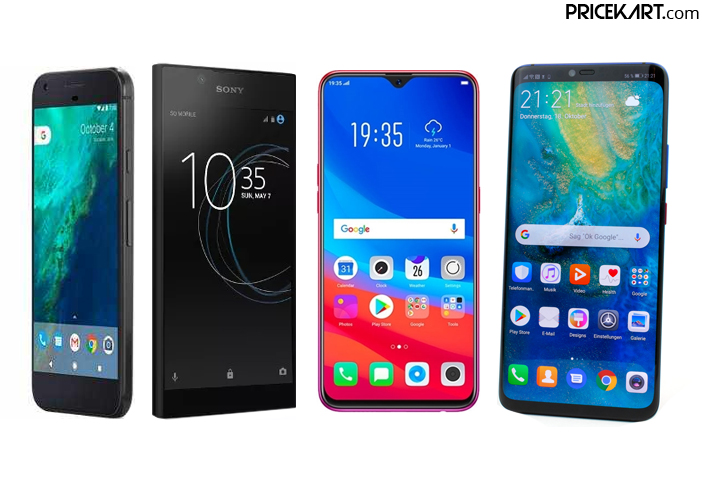When it comes to smartphones, users are major divided when choosing between Android and iOS. However, that’s not where the choice ends. All the latest Android mobile phones that launch are completely different from one another. Wondering what’s the main reason behind this difference? It is all the different types of Android skins available out there. Google’s Android is customizable and all major smartphone manufactures have been adding their own spin to the operating system. With manufacturers adding their own customization to Android, every Android skin offers its own features and tweaks. If you are currently looking for an Android smartphone, it is first vital to understand the different types of Android Skins available.
Here’s a look and a deeper understanding on the different types of Android skins currently available in the market. And, which one will perfectly suit your requirements. Take a look!
Stock Android
![]()
Google announces its own version of Android every year. Stock Android is the closet and purest form of the original OS announced by Google. Stock Android is majorly used on Google Pixel mobile phones. While Google Pixel phones do tweak the OS a little, they still manage to offer the closed version of Stock Android. Smartphones running on Stock Android work efficiently and smoothly without any bloatware or lags. Additionally, another advantage of owning a smartphone with Stock Android is that these phones are the first ones to receive any updates. However, the lack of customizations can end up becoming a little dull and uninteresting.
Android One
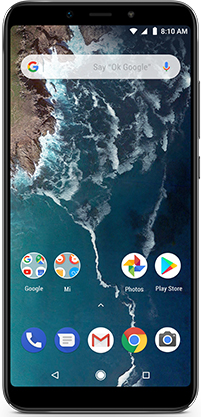
This Android skin is pretty similar to Stock Android. Just like the Stock version, even Android One offers smooth functionality with minimal bloatware. This version of Android is also appreciated for receiving timely updates and offering maximum security. While it is similar to Stock Android, this skin manages to offer customizations and extra features. Furthermore, this Android skin is mostly seen on budget and mid-range smartphones. Smartphone companies like Nokia, Motorola and Xiaomi use this Android skin on most of their mobile phones below 15000.
OxygenOS
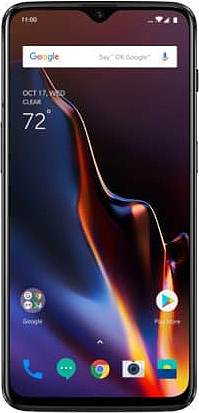
When it comes to the different types of Android skins, OxygenOS is considered among the best one available. This skin is used on OnePlus mobile phones. This Android skin manages to stay close to stock while offering amazing features and customization. Fast animations, handy gestures, quick updates and bloat free software makes OnePlus smartphones few of the best and most sought after devices in the market.
Samsung OneUI
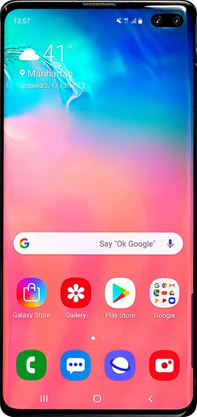
OneUI is the latest take by Samsung in terms customizing the Android OS. This skin is a complete re-do when compared to TouchWiz or Samsung Experience. Samsung OneUI was announced a couple of months back and is seen on most of the latest Samsung mobile phones such as Galaxy S10 and S10 Plus. Overall, Samsung’s skin looks aesthetically good and is designed for effortless one-handed usage. The OneUI skin also offers some amazing features and animations. On the downside, smartphones running on this OS receive software updates slightly late.
MIUI
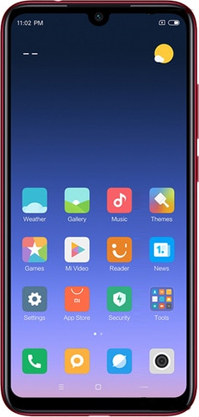
When Xiaomi had announced its very own Android skin, it was compared with the iOS interface. This was mainly due to the interface design and aesthetics. MIUI completely breaks away from Stock Android and offers a wide range of features and customization. However, all these customizations bring in lots of bloatware to Xiaomi mobile phones (that can be easily removed). Even with a lot of added features & benefits, MIUI is not intuitive when it comes to multi-tasking. Plus, the inclusion of advertisements inside the UI has been disapproved of in recent time.
EMUI
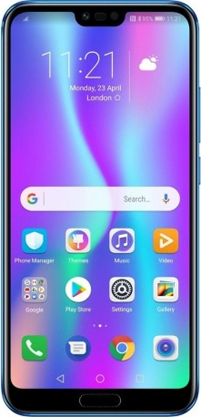
Just like MIUI, even EMUI interface is similar to iOS. Emotion UI or EMUI is mostly seen on Huawei and Honor mobile phones. This Android skin offers a great amount of customizations along with handy features. Huawei’s Android skin is largely popular for offering excellent RAM management and super cool AI features. EMUI is designed to study your usage and optimize the storage on the smartphone. With all the exciting features, EMUI lacks the level of privacy that the other Android skins mentioned above offer.
ColorOS
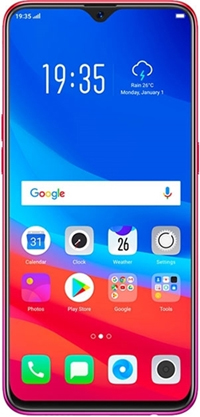
Oppo and Realme mobile phones run on the ColorOS platform. Just like Samsung’s OneUI, ColorOS offers tons of features and customization options. However, the interface can get a little difficult to understand if you are using an Oppo smartphone for the first time. It is one of the different types of Android skins on our list that completely breaks away Stock Android. ColorOS is also slow to receive software updates.
Sony Xperia UI
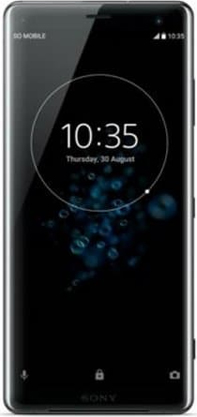
Sony Xperia UI is another Android skin which has managed to maintain a Stock Android experience. Overall, it offers a smooth and clean experience along with minimum bloatware. Like the name suggests, Sony Xperia UI is found on Sony mobile phones. It does offer extra features and design changes along with support for great battery life. The look of Sony’s UI is different from all the other types of Android skins.
ZenUI
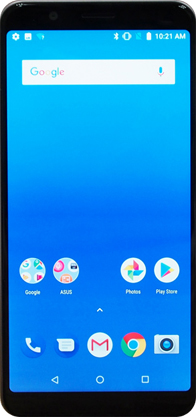
Not a lot of people are aware about the ZenUI. It is majorly used on ASUS mobile phones. Just like stock Android, ZenUI offers a smooth and clean experience. Even the bloatware on this UI is kept to a minimum. Furthermore, it is probably one of the best Android skins currently available. However, the updates are slow and features are kept to a basic level.
LG UX
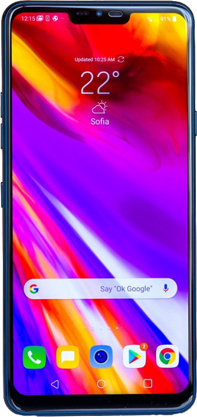
LG UX – seen on LG mobile phones also offers a clean and lag-free experience. It is basic and pretty similar to Stock Android. This UI is majorly appreciated for offering gesture controls and shortcuts using the fingerprint sensor. Nevertheless, the interface can get a little confusing. On a whole, the software does not offer something great. There are better devices with better Android skins available in the market.

